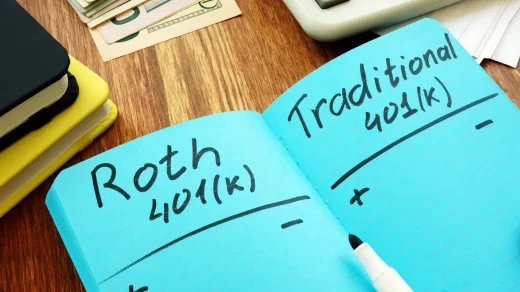If you’re considering a backdoor Roth IRA contribution, you have to watch out for the pro rata rule. Otherwise, you can end up with a tax mess on your hands.
Most people make only tax-deductible contributions to their traditional IRA accounts. Subject to income limits and some other rules, the IRS allows most people to contribute up to $6,000 per year to a traditional IRA. Most people can then deduct this contribution from their income on their tax returns, thus reducing the amount of income tax they have to pay for the year.
However, some people also make non-deductible contributions to their traditional IRA accounts. This is where it gets messy.
Once you have non-deductible and deductible contributions in a traditional IRA, you can’t untangle the two. Consider this example. Let’s say you have a traditional IRA with a balance of $50,000, with $40,000 of that being traditional deductible contributions and the other $10,000 being non-deductible contributions. That’s 80% deductible and 20% non-deductible. Any time you withdraw money from the account–whether it’s an actual withdrawal or part of a backdoor Roth IRA transaction–20% of the amount you withdraw will be considered taxable.
It’s even more complicated than that. Let’s say you have two traditional IRA accounts, one with solely deductible contributions and the other with solely non-deductible contributions. You may think you can withdraw or transfer from the non-deductible IRA with no problem, but you’re wrong. In applying the pro rata rule, you have to aggregate your traditional IRAs, SEP IRAs, and Simple IRAs. You don’t have to aggregate inherited IRAs or employer retirement accounts.
The last point is key, and it’s the way to avoid running into problems with the pro rata rule. Read it again: You don’t have to aggregate employer retirement accounts.
Personally, the way I avoid running afoul of the pro rata rule when I make backdoor Roth IRA contributions is that all of my traditional retirement money is in employer 401(k) plans. I don’t maintain any balance in my traditional IRA account. Instead, I use my traditional IRA account only to fund backdoor Roth IRA contributions. I contribute the maximum amount every year and then convert it full to my Roth IRA account.
For a more detailed explanation of the pro rata rule, see Ed Slott’s explanation, with a great analogy of IRAs and coffee!




